








Loquat (Eriobotrya japonica) tropical live fruit tree 1’-2’
$100.00 Original price was: $100.00.$59.99Current price is: $59.99.
Eriobotrya japonica, commonly known as the loquat tree or Japanese plum, is a versatile and ornamental fruit tree that combines beauty with delicious and nutritious fruit. This tree, celebrated for its attractive foliage, fragrant blossoms, and sweet, tangy fruit, invites you to explore its dual role as an ornamental plant and a source of culinary delight.
Ornamental Elegance:
Loquat trees are valued not only for their fruit but also for their ornamental beauty. They feature glossy, dark green leaves that shimmer in the sunlight, creating a lush and attractive canopy. In the spring, clusters of fragrant white flowers appear, adding to their visual appeal.
Sweet and Tangy Fruit:
The fruit of the loquat tree is a small, oval-shaped drupe with orange or yellow skin and sweet, slightly tangy flesh. Loquats are typically enjoyed fresh, but they can also be used in a variety of culinary creations, including jams, jellies, pies, and tarts.
Nutrient-Rich Benefits:
Loquats are a source of essential vitamins and minerals, including vitamin A, vitamin C, and dietary fiber. They offer potential health benefits, such as supporting immune function and aiding digestion. Their natural sweetness makes them a healthier alternative to sugary snacks.
Cultural Significance:
Loquat trees have cultural significance in various regions, including Asia and the Mediterranean. They are associated with festivities, and the fruit is often included in traditional celebrations and ceremonies.
Cultivating the Loquat Experience:
To cultivate loquats and enjoy their visual and culinary rewards, consider these steps:
1. **Location and Climate:** Loquats thrive in mild, subtropical to temperate climates. Plant them in a sunny to partly shaded spot with well-draining soil.
2. **Propagation:** Loquat trees can be propagated from seeds, cuttings, or grafted onto rootstock. Grafting is often used to ensure fruit quality.
3. **Watering:** Provide regular watering, especially during dry spells. Loquat trees require consistent moisture for fruit production.
4. **Pruning:** Prune the tree to maintain its shape, remove dead or crowded branches, and promote air circulation. Pruning also encourages better fruit development.
5. **Fertilization:** Apply a balanced, slow-release fertilizer during the growing season to provide essential nutrients for the tree’s development and fruiting.
A Harmonious Blend of Beauty and Flavor:
Eriobotrya japonica, the loquat tree, epitomizes the harmonious blend of natural beauty and culinary delight. It’s a reminder of the way ornamental plants can also provide nourishment and add visual charm to your landscape.
Embracing Natural Elegance:
As you cultivate loquat trees or enjoy their fruit, you’re embracing a tradition that appreciates the aesthetic and culinary appeal of this remarkable tree. With care, curiosity, and a love for both the visual and flavorful dimensions of the loquat, you’ll witness the transformation of a tree into a source of beauty and taste.
Loquat beckons—an embodiment of ornamental elegance, a celebration of visual allure and natural sweetness. This is your chance to welcome the allure of this extraordinary tree into your garden, savoring its beauty and the delectable fruit it offers. Let the harmonious journey unfold.
The loquat tree, Eriobotrya japonica, offers not only its stunning appearance and delectable fruit but also a sense of tranquility to any garden. With its glossy leaves and fragrant blossoms, it’s a sight to behold throughout the year. As the seasons change, so do its colors and scents, making it a dynamic addition to your landscape.
Beyond its aesthetic value, the loquat’s sweet and tangy fruit is a culinary gem. Freshly picked, it’s a delightful treat straight from the tree. Its versatility in various dishes, from pies to jams, allows you to enjoy its unique flavor in numerous ways. Additionally, the nutritional benefits it brings to your diet make it even more appealing.
Cultivating a loquat tree is an investment in both beauty and flavor. With proper care and attention, it becomes a source of pride in your garden and a source of delicious moments shared with family and friends. Whether you admire its foliage, savor its fruit, or both, the loquat tree offers a harmonious blend of nature’s beauty and culinary delight for all to enjoy.
| Weight | 15 oz |
|---|---|
| Dimensions | 22 × 4 × 4 in |
| Planting Bag + Soil |
Planting bag + Soil ,I have soil and container |





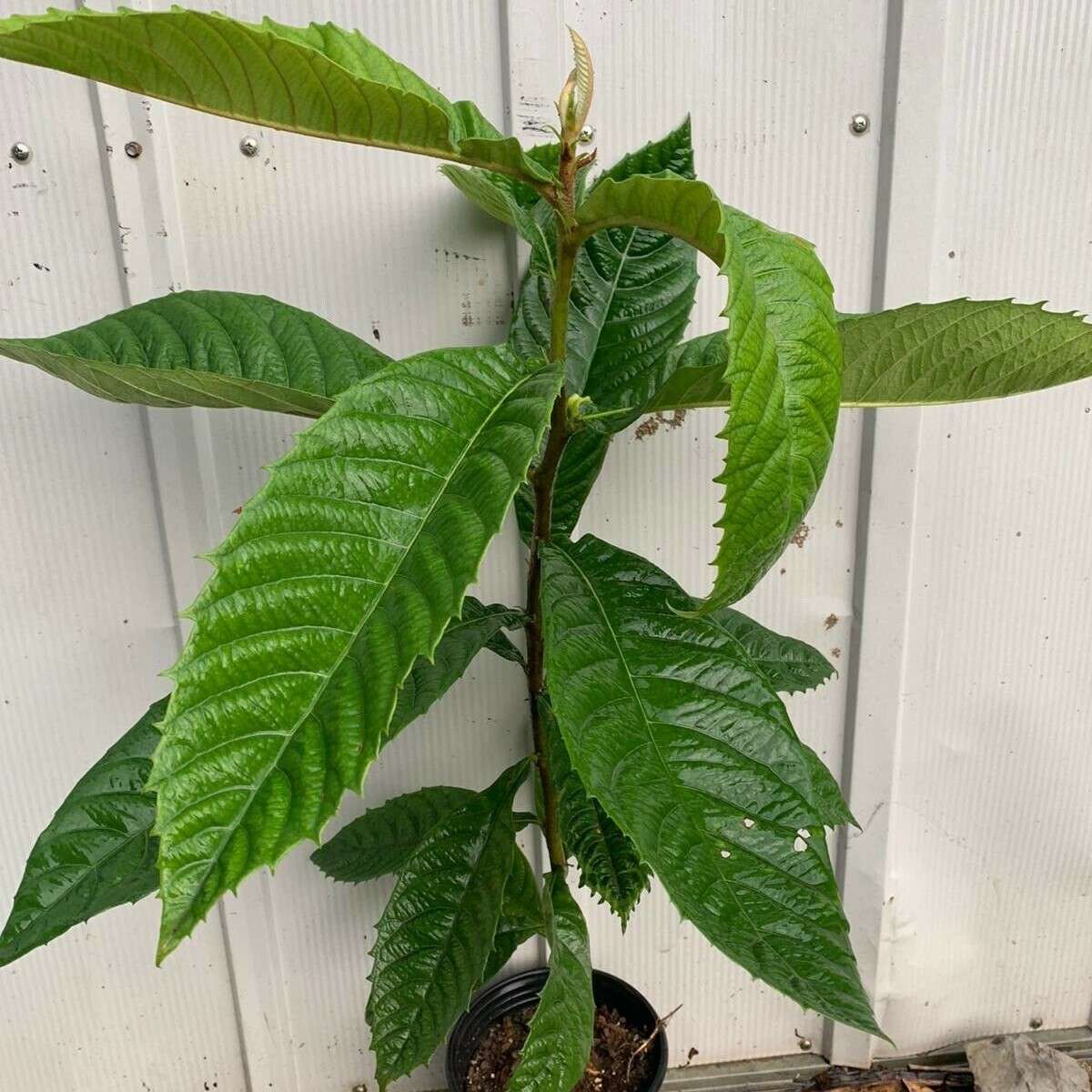
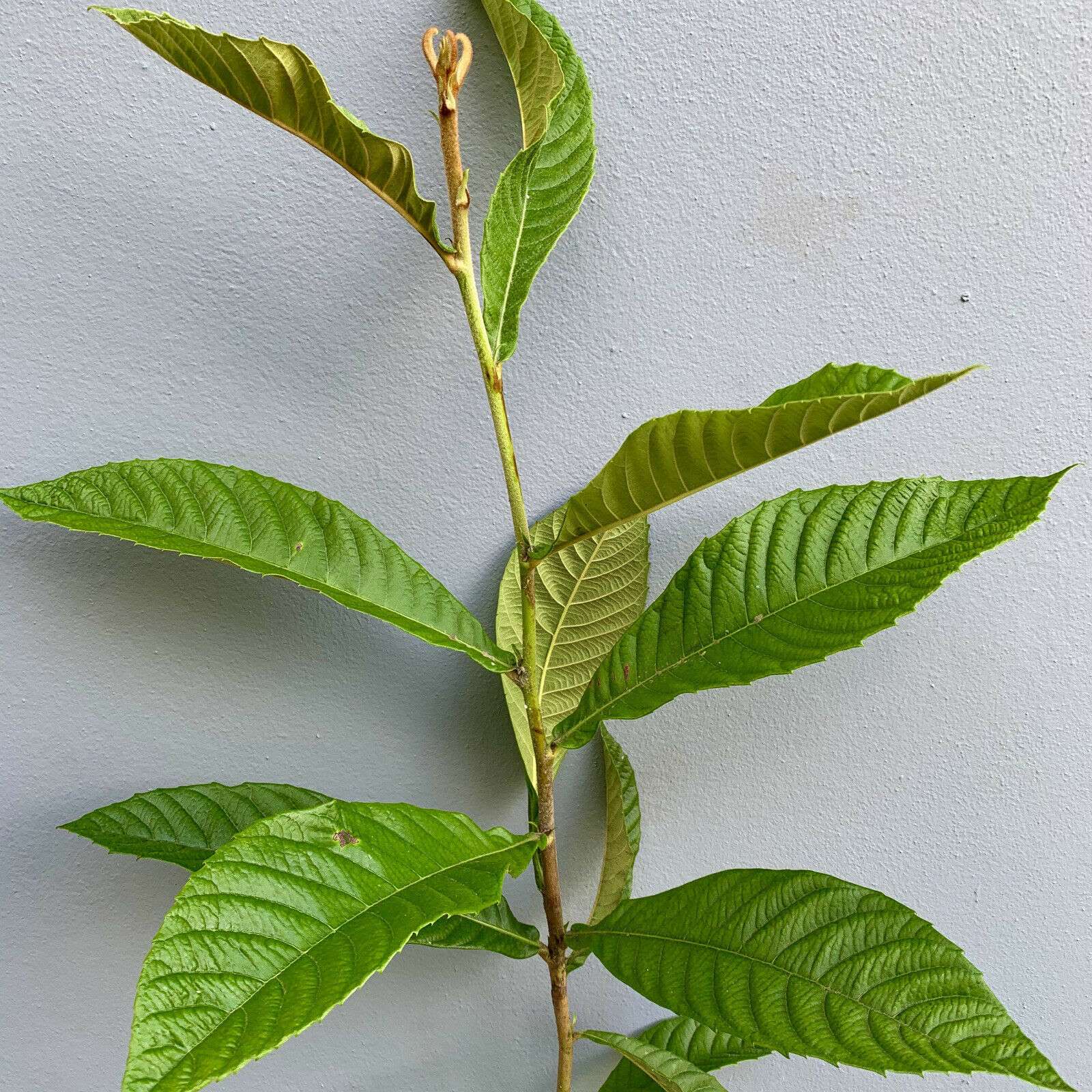

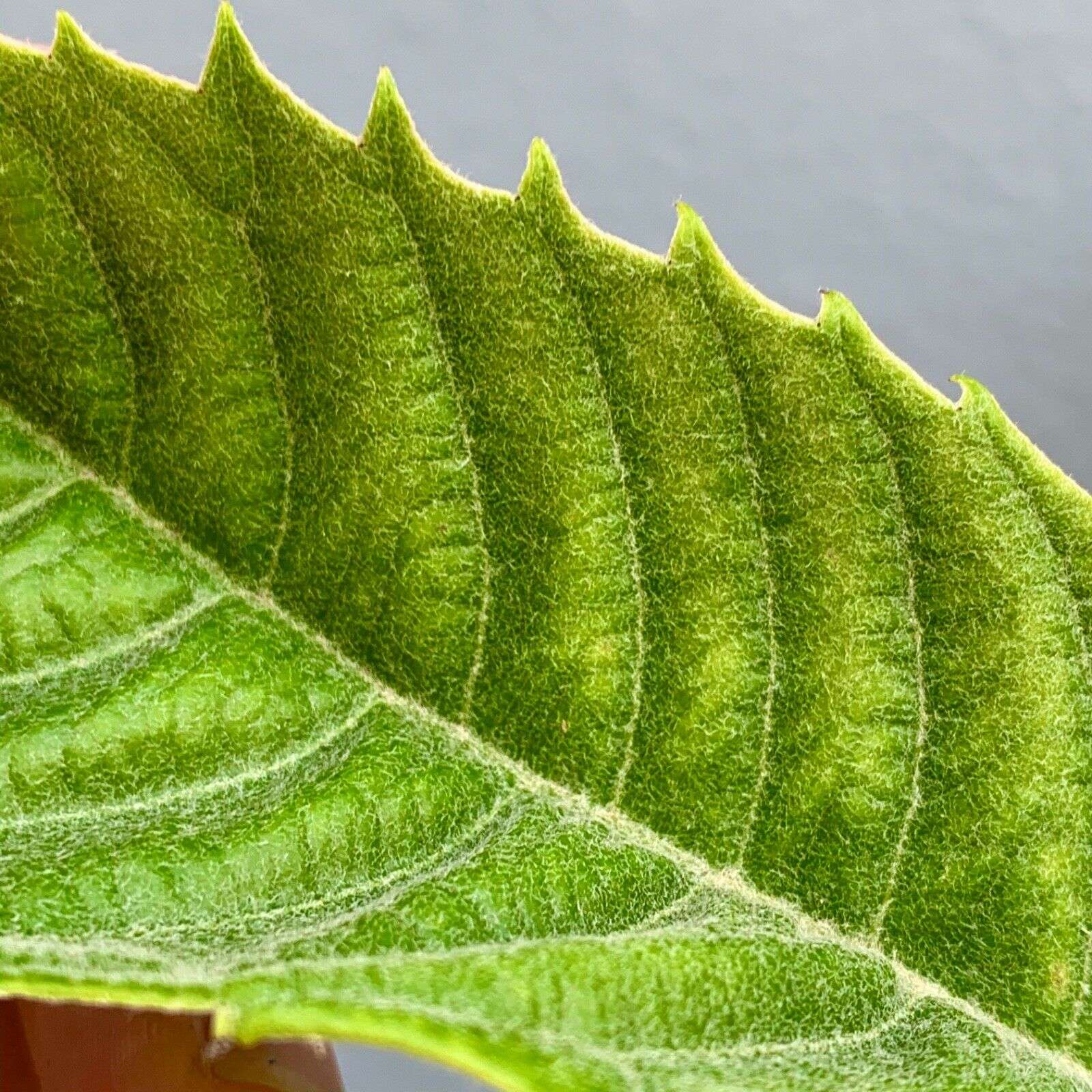
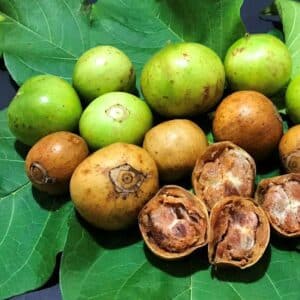



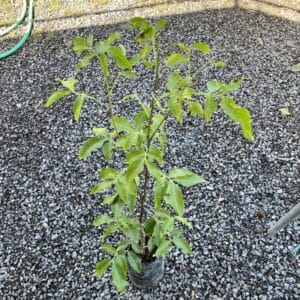


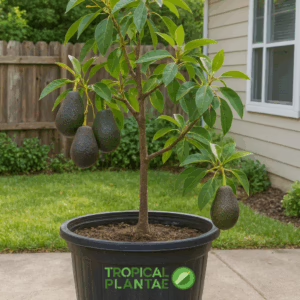

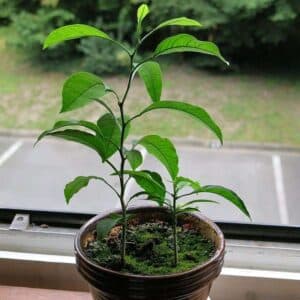

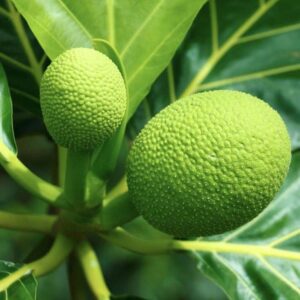



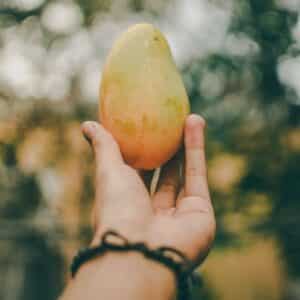

Reviews
There are no reviews yet.